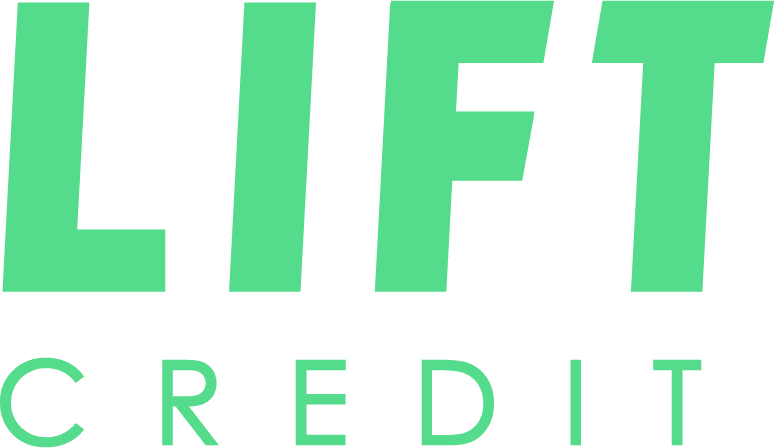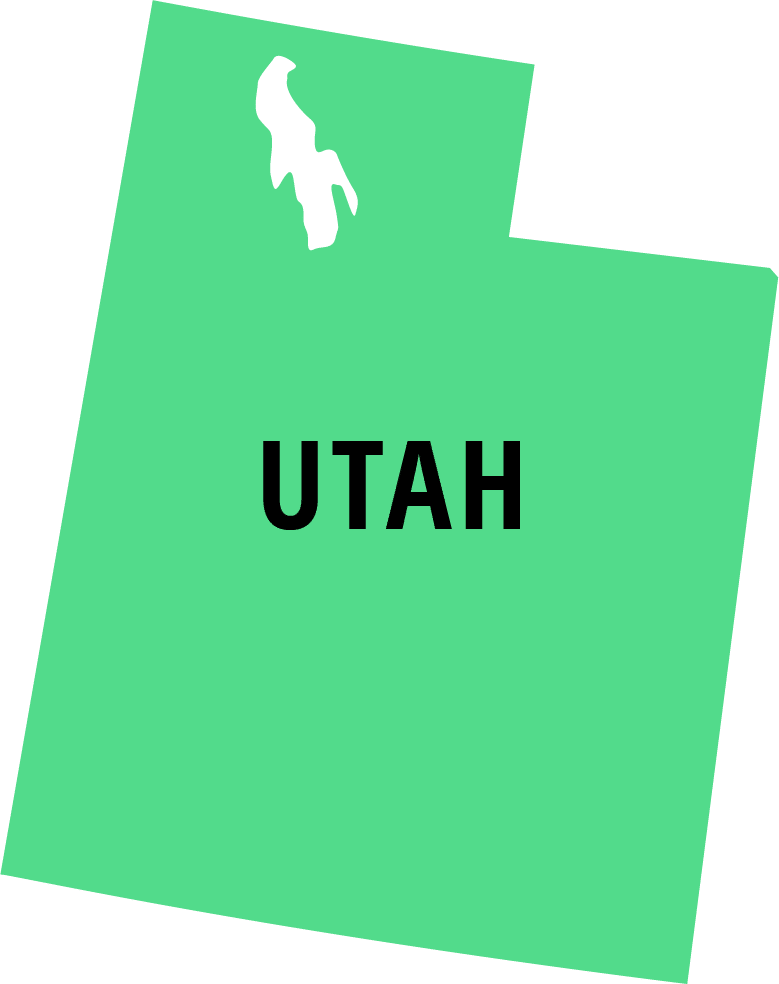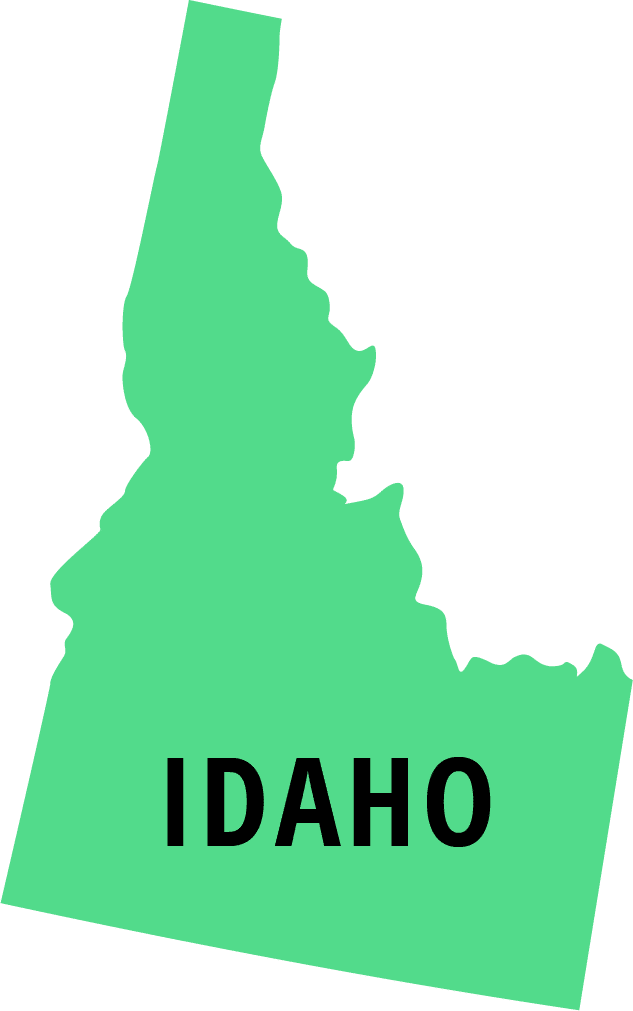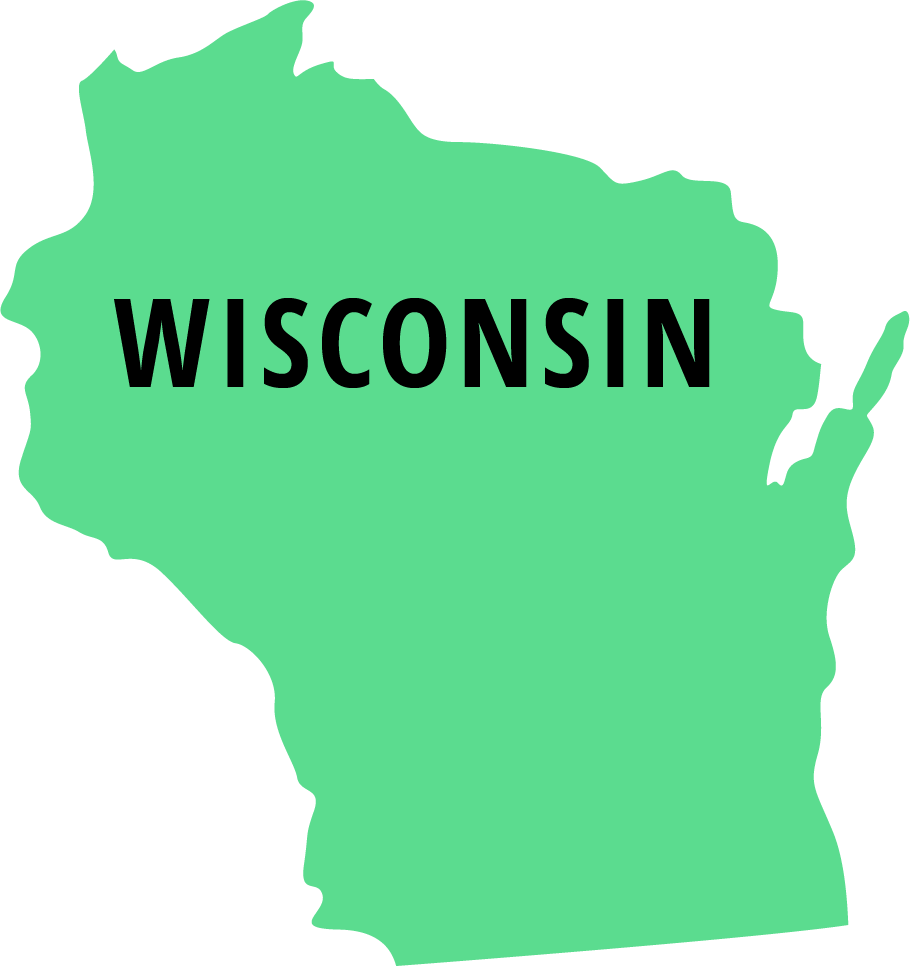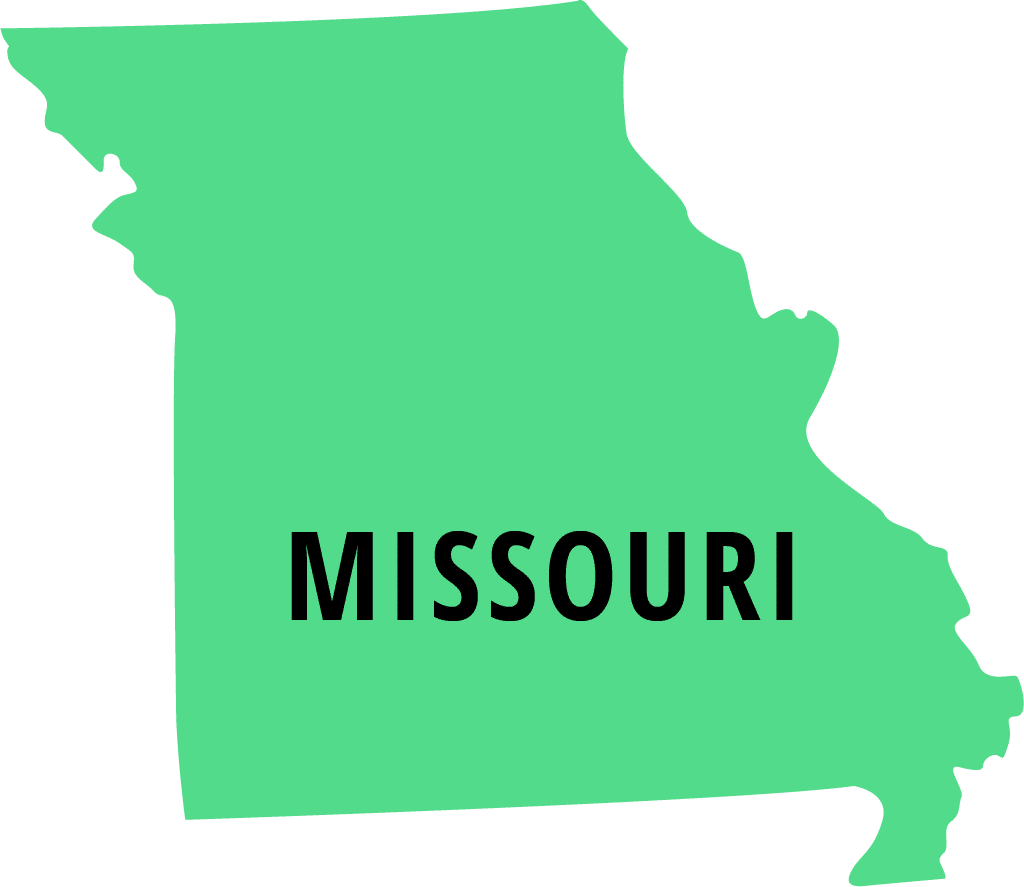A secured loan has assets attached to it as collateral. Most people use their homes, cars, or any assets valuable to the lender as collateral. You could also secure the loan using a bank account, stock, land, vehicles, gold, insurance policies, and other assets. If the borrower is not able to pay the loan back, then the lender receives the collateral as payment.
There are three main types of secured loans: secured credit card loans, mortgage loans, or title loans.
Why Are Secured Loans Created?
A secured loan is typically used when a borrower needs a larger loan. They’re also good for borrowers with poor credit. They’re more likely to be granted, because the lender is guaranteed a type of payment, even if a borrower defaults.
Secured loans can offer lower interest rates than unsecured loans, due to the lower risk to the lender.
What Exactly Happens If You Default on a Secured Loan?
If the borrower cannot pay back the lender, the borrower defaults on the loan. This means the lender immediately becomes the owner of all the collateral. The lender does not have to contact the borrower about it. They can directly repossess all assets.
Also, if the lender does not receive the value of the loan from the collateral, the lender can still demand the rest of the payment from the borrower. It’s important, then, to commit to repaying your loan.
Build your credit score, get funds for emergencies or other needs, and get more financial options. Visit LiftCredit.com to apply today.
